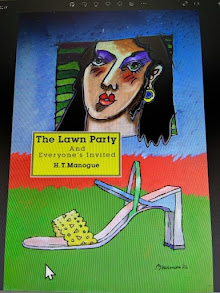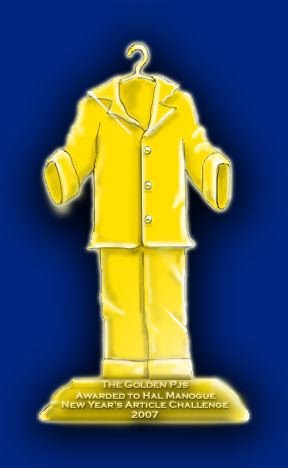So long as our observation is limited to those conditions which preceded the opening of a disciple’s eye we cannot perhaps fully comprehend where lies the ultimate issue. Zen lies objectively among matters of everyday occurrences, so every one of us is a master before we are told we are.
D.T. Suzuki wrote those thoughts in his 1949 work Essays in Zen Buddhism. Most of us have some sort of idea about what Zen is, but it’s safe to say we don’t spend a lot of time trying to understand it. Many of us believe that Buddhism is a form of Zen, but Zen is not about religion. Zen is an action within the energy of our consciousness. Zen is the form of energy that makes us a master before we are told we are.
We don't try to create Zen thoughts because trying is not part of Zen. Zen is always part of our thoughts. It may be hidden or blocked by our beliefs and the associations attached to those beliefs, but it is waiting to express itself physically. Every one of our ideas has an element of Zen floating through it. Our thoughts move to the rhythm of Zen. When we allow Zen to play the music of life, we begin to graciously dance through our experiences.










